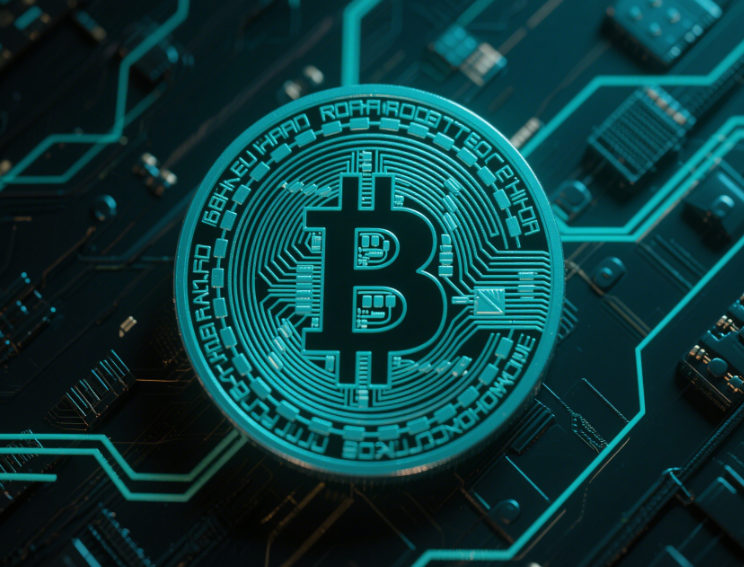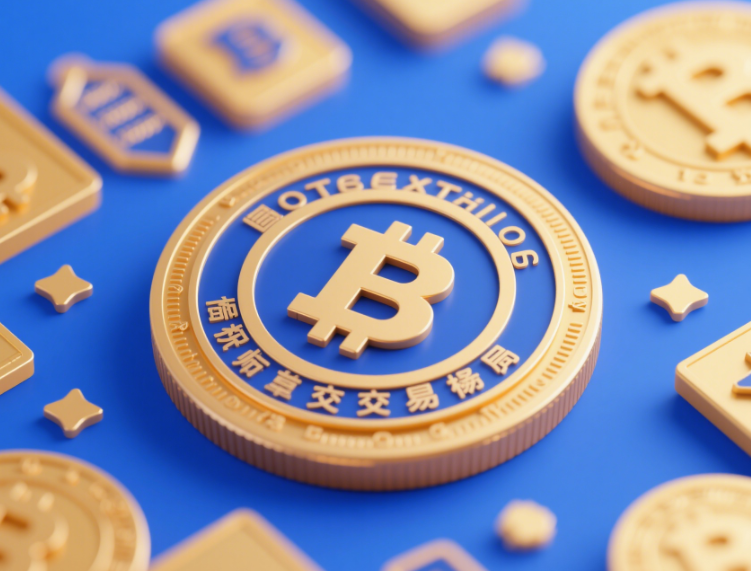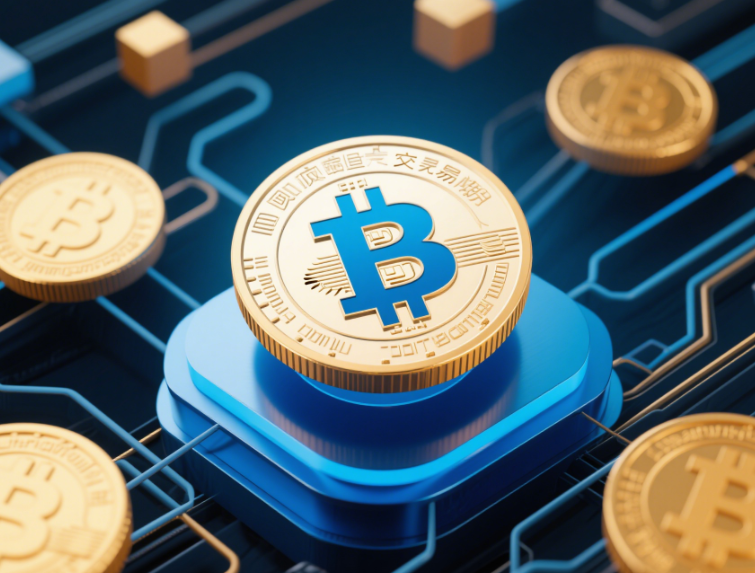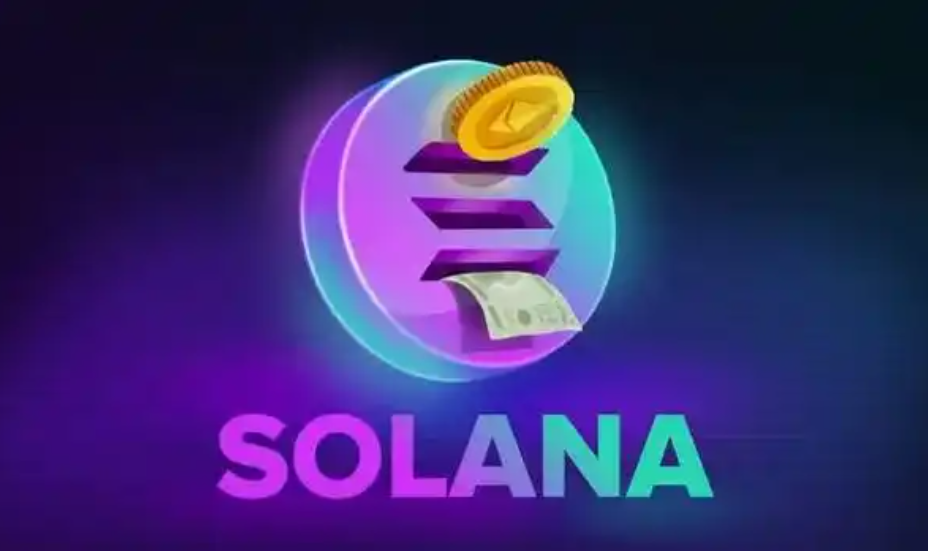In the world of Bitcoin and other cryptocurrencies, miners play a crucial role in supporting the network's security and operation through computational power. However, traditional mining typically requires expensive hardware and consumes vast amounts of electricity, which often discourages many newcomers. But with the rise of staking exchanges, the barriers to entry for mining have drastically lowered—now even smartphone users can participate.
So, how do staking exchanges actually work? Why can you mine with just your phone? And how do they make profits? Today, we’re going to explore the profit models of staking exchanges in detail, helping you to understand this emerging investment opportunity better.
What Are Staking Exchanges?
Staking exchanges are platforms that allow users to lock (or stake) their cryptocurrency holdings to earn rewards. This model is closely related to PoS (Proof of Stake) or other staking-based consensus mechanisms. In these exchanges, users can participate in the network's validation process by depositing assets on the platform, thereby receiving corresponding rewards.

Compared to traditional mining, staking offers several distinct advantages:
Low Barriers to Entry: Users aren't required to buy expensive equipment or consume large amounts of electricity.
Flexibility: Users can choose to stake or unstake their assets at any time.
Stable Earnings: The returns from staking tend to be less volatile compared to those from mining.
How Does Staking Work?
In simple terms, staking involves locking a certain amount of cryptocurrency on an exchange, which uses those locked assets for network validation. As a return, users receive staking rewards, typically returned in the form of the staked asset. This model not only enhances the security of the network but also increases users' holding time, helping to stabilize the market.
Profit Models of Staking Exchanges
For users, staking to earn rewards is a win-win situation. However, how do exchanges profit from this? The profit models of staking exchanges can be primarily divided into several categories:
Trading Fees
Exchanges charge trading fees based on user transactions. This source of income is typically the primary profit avenue for exchanges. Whenever users stake, unstake, or trade, the exchange usually charges a fee represented as a percentage of the transaction amount or a fixed rate.
Staking Reward Sharing
Staking exchanges often share the staking rewards they receive from the blockchain. They typically take a cut from the rewards earned and return the remaining portion to users. For instance, if the staking reward rate for a particular asset is 10%, the exchange might return 7% to the user and keep 3% as its profit.
Interest Income
Once users stake their assets, those assets can still be utilized for other investments, such as lending. Exchanges can lend out these staked assets to other users and earn interest. By doing this, exchanges can profit from the funds that users have staked.
Value-Added Services and Products
To attract more users, many staking exchanges offer various value-added services, such as advanced financial analysis tools, professional market research, and educational courses. These services not only enhance user experience but also provide additional income for the exchanges.

Steps to Mine Using a Phone
So how exactly do staking exchanges enable the concept of “mining with your phone”? Here are the basic steps for users to stake using their mobile devices:
Choose a Suitable Exchange
Choosing an exchange that supports staking functionality is fundamental. Users should evaluate exchanges based on transaction fees, supported asset types, user interface, customer service, etc. Common staking exchanges include Binance, Coinbase, and Kraken.
Register an Account and Complete Identity Verification
After registration, users typically need to undergo identity verification to ensure compliance with applicable legal regulations. This process may require providing personal information and proof of identity.
Buy or Transfer Cryptocurrency
Users need to buy or transfer the cryptocurrency they wish to stake. Within the exchange, this operation is usually straightforward; users can buy it with fiat currencies or transfer assets from other wallets into the exchange.
Stake the Assets
From the account, users select the asset they want to stake and confirm the quantity and period of staking. Most exchanges have user-friendly interfaces that make staking simple.
Monitor Rewards
Once staking is successfully executed, users can check their staking status and reward data in their account. Depending on the exchange, rewards may be distributed daily or weekly.

Unstake the Assets
If users decide to withdraw their stake from a particular asset, they can choose to unstake it. However, some exchanges may set staking duration limits, so users should confirm the relevant rules before attempting to unstake.
Risks and Considerations
While staking exchanges offer users a convenient way to grow their assets, there are still some risks involved:
The inherent volatility of the cryptocurrency market means that the value of staked assets can fluctuate, leading to potential losses for users. Therefore, users should assess risks before staking and choose the right assets to stake.
During the staking period, users may not be able to unstake their assets immediately, impacting the liquidity of their funds. Particularly in highly volatile markets, users might need cash while their stake remains locked.
Centralized exchanges pose potential security risks, such as hacking or platform issues. Although most reputable exchanges actively implement security measures, users should be cautious in their selection and employ two-factor authentication to enhance security.
Future Outlook
As blockchain technology matures, the model of staking exchanges is expected to become more widespread, especially for retail investors. In the future, more projects are likely to adopt staking mechanisms, and we may see more innovative staking products emerge, such as liquidity staking and composite staking.
Additionally, as more users begin to embrace staking as an emerging method, the market will gradually develop a more robust ecosystem, allowing users to enjoy stable earnings and participate in more innovative financial products.
Conclusion
The era of “mining with your phone” has arrived, and staking exchanges offer a low-barrier entry point for ordinary investors. Through simple operations, users can not only participate in the operation of the blockchain network but also potentially earn substantial rewards. However, it’s crucial to stay informed about potential market risks and liquidity issues. In future investments, selecting the right assets and exchanges will be essential for success. We hope you can seize your opportunities in this market full of possibilities and achieve satisfactory returns!
















No comments yet